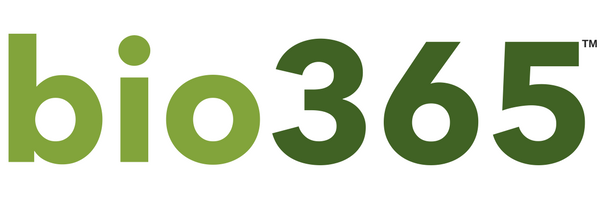Debunking the Myth that Plants Showing Symptoms of Nutrient Deficiency Always Need More Nutrients
/When cannabis plants show symptoms of nutrient deficiency, it makes sense to assume a lack of nutrients is the cause. However, nutrient deficiency is often not the problem at all, or it could be the problem but there is an underlying cause that adding more nutrients won’t fix.
To avoid overfeeding your plants, it’s crucial that you identify the true cause of the symptoms!
In reality, growers are more likely to overfeed their plants than underfeed – especially novice growers. Therefore, consider the more likely causes of nutrient deficiency symptoms discussed below before you make any changes to your feeding routine.
Plants Were Overwatered When They Were Young
Overwatering when plants are young prevents root establishment, so it’s harder for plants to take up nutrients later. As a result, plants will look yellow and exhibit symptoms that look like nutrient deficiency.
However, no matter how many additional nutrients you provide to your plants, they’ll still look nutrient deficient because the roots are too small. They can’t access the nutrients they need.
To avoid this problem, use a tensiometer to measure the amount of water your plants can access from the growing media rather than a soil moisture media that can only measure the percentage of water by volume in the growing media. This percentage is irrelevant if your plants can’t access the water in the growing media.
A tensiometer acts like an artificial root to measure how much water is available to the plant at any moment in time. The tool measures how much tension the root has to use to suck water from the growing media, and it’s the most accurate way to determine if a cannabis plant needs water.
Learn more in the Guide to Using a Tensiometer to Measure Accessible Water for Cannabis Plants
Plants Are Experiencing Disease or Pathogen Pressure
If a plant has been exposed to a viroid or disease, nutrients are available in the growing media, but because the plant is stressed by the infection, it can’t actually access the nutrients. That’s why some diseases and pathogens can be misdiagnosed as nutrient issues.
When a disease or pathogen is present, the real cause of the symptoms is actually much worse than under-feeding and needs to be addressed immediately. Accurate diagnosis is critical.
This is a great example of why it’s so important to never assume symptoms that look like nutrient deficiency are truly caused by nutrient deficiency. The real problem could be entirely different and much more serious.
Plants Might Be Getting Too Much Light
Cannabis plants that get too much light experience heat stress, which causes plant damage and lowers yields. Even moving plants from one light source to another can cause light toxicity. In both situations (too much light or changing light sources), the plants will look like they’re burning, which is often misdiagnosed as a nutrient problem.
In this situation, growers may assume a high concentration of nutrients is burning their plants, but the real cause of their plants’ problems is related to lighting, not feeding.
The easiest way to ensure you’re not over- or under-feeding your cannabis plants during the first six weeks of growth is with a chlorophyll meter. This affordable tool measures the amount of chlorophyll in a plant, which directly correlates to the amount of nitrogen in the plant. Nitrogen is what drives feeding decisions in the first half of a cannabis plant’s growth, so a chlorophyll meter accurately tells you in real-time if you’ve over- or underfed your plants.
After the first six weeks, plant growth is driven by phosphorous and potassium. However, using a chlorophyll meter during the important first six weeks helps you establish healthy plants, so things are less likely to go wrong in later stages.
Learn more in the Guide to Using a Chlorophyll Meter to Water Cannabis Plants Correctly
The pH Level Is Not Optimal
If pH is not optimal for the growing environment, it affects the availability of nutrients to plants. That’s because pH extremes limit nutrient mobility and the ability of the plant to uptake nutrients from the growing media.
In this situation, the nutrients are there, but the pH problem prevents the plants from accessing those nutrients. As a result, plants will look like they’re nutrient deficient because they are.
However, it’s an environmental problem, so simply adding more nutrients won’t solve it. Instead, you need to adjust the pH level so plants can actually get the nutrients available in the growing media.
Therefore, always check your pH level when you see symptoms of nutrient deficiency to make sure it’s correct before you change your feeding routine.
Learn more in the Guide to Using Data and Testing Your Assumptions to Get Better Results for Cannabis Growers
Key Takeaways
It’s a myth that the most likely reasons cannabis plants show symptoms of nutrient deficiency is because they actually lack nutrients with no other underlying causes.
Don’t jump to the easy conclusion and simply add more nutrients, because you may end up wasting time and money and compromising plant health and crop yields. Instead, consider the more likely problems that cause symptoms of nutrient deficiency first, including overwatering, disease and pathogen pressure, too much light, and pH extremes.

